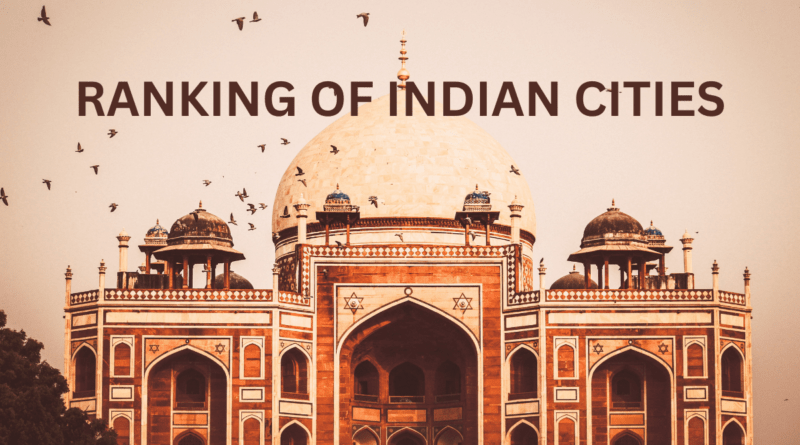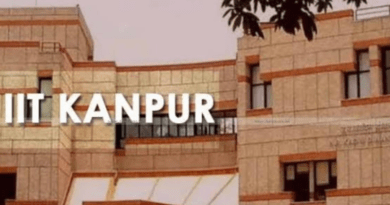Know the Authentic Ranking of the Expensive Cities in India
According to an up-to-date study from renowned property adviser Knight Frank India, Ahmedabad is the most economically viable city in India to live in. The EMIs a resident of a city must pay if they purchase a home with a home loan are calculated using the total income of an average household in that city, and the resulting ratio is used to calculate the Knight Frank residential affordability index.
According to the Knight Frank Affordability Index, an average family needs to have an appropriate amount of income to pay the monthly payment (EMI) on a housing unit in a specific city. As a result, a city with a Knight Frank Affordability Index level of 40% means that households there have to allocate 40% of their income on average to support their everyday needs.
Since banks rarely approve mortgages over this threshold, an EMI/income ratio of more than 50% is regarded as unaffordable. Mumbai has the most expensive real estate market. A typical household in Mumbai must spend a whopping 55% of its salary on home loan EMIs if it wants to purchase a home with a loan, which means that it must pay more than half of its income each month.
Hyderabad, which has an EMI-to-income ratio of 31%, is the second most costly city.
The Delhi National Capital Region comes in third place, requiring you to pay 30% of your income in house loan EMIs. With an EMI-to-income ratio of 28%, Bengaluru in Karnataka and Chennai in Tamil Nadu tie for second place in the country.
Second, a typical household in Pune, Maharashtra, must spend 26% of the money it makes on home mortgage EMIs. For Kolkata in West Bengal, the rate is the same.
Last but not least, Ahmedabad in Gujarat, where a typical household must pay 23% of its income for home loan installment payments (EMIs), is the most affordable Indian city to live in. For the purposes of this index, a loan duration of 20 years, an 80% loan-to-value ratio, and a standard-sized house across all cities have been assumed.
Living in these metropolitan areas has become increasingly expensive over the past year. Due to the Reserve Bank of India’s increase of 250 basis points in its benchmark lending rate since this time last year, these EMI-to-income ratios have increased by about 1-2 percentage points across cities. Since then, this has resulted in an average elevation in the EMI load across cities of 14.4%.
Homes under 50 lakh rupees have been the most significantly afflicted group. The research claims that sales in this category have decreased. This is because, according to the report, homebuyers in this segment are much more dependent on home loans than those in their middle and premium-priced segments, making them more sensitive to rate increases. As a result, many of them are unable to afford home loans that have more expensive EMIs and consequently cannot afford to buy homes.
On the other hand, in the same direction, the mid- and premium-tier categories have consistently performed better in terms of demand. In these instances, the sales of homes between 50 lakh and 1 crore rupees have gone up this year to almost 59,000 units, while the sales of luxury homes exceeding one million rupees have increased from the previous year to 47,000 apartments.
The research also states that the demand for residential properties is at a multi-year high, while it is obvious that the lower and middle-income groups are suffering. Only at JioSaavn.com can you pay attention to the most recent tunes. According to Knight Frank India Chairman and Managing Director Shishir Baijal, “The RBI’s exceptionally competent handling of the inflationary crisis has encouraged confidence in the country’s economic prospects. This additionally becomes evident in the demand for homes, which is at a multi-year high, and for offices, which has held steady despite the global downturn in the commercial property market. The household market’s mid- and premium-tier categories have regularly outperformed other segments, which demonstrates a substantial change in the fundamental structure of the market. However, the average reduction in affordability across markets as a result of the 250 bps increase in policy rates is 2.5%.
Additionally, even if the housing market continues to be robust so far, further interest rate hikes could have an impact on homebuyers’ competencies and sentiments.





For the reason that enactment of the Dodd-Frank Wall Road Reform and Client Protection Act in 2010, the FDIC insures deposits in member banks up to $250,000 per ownership category.